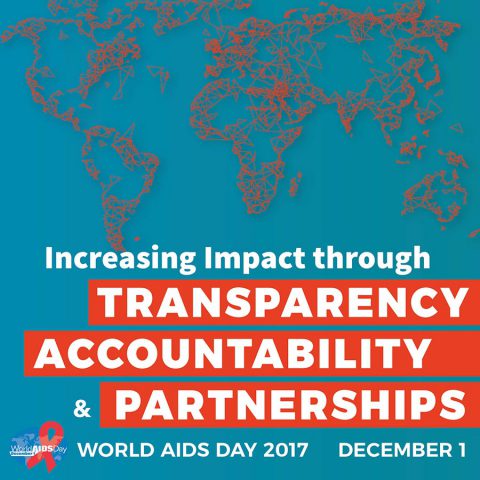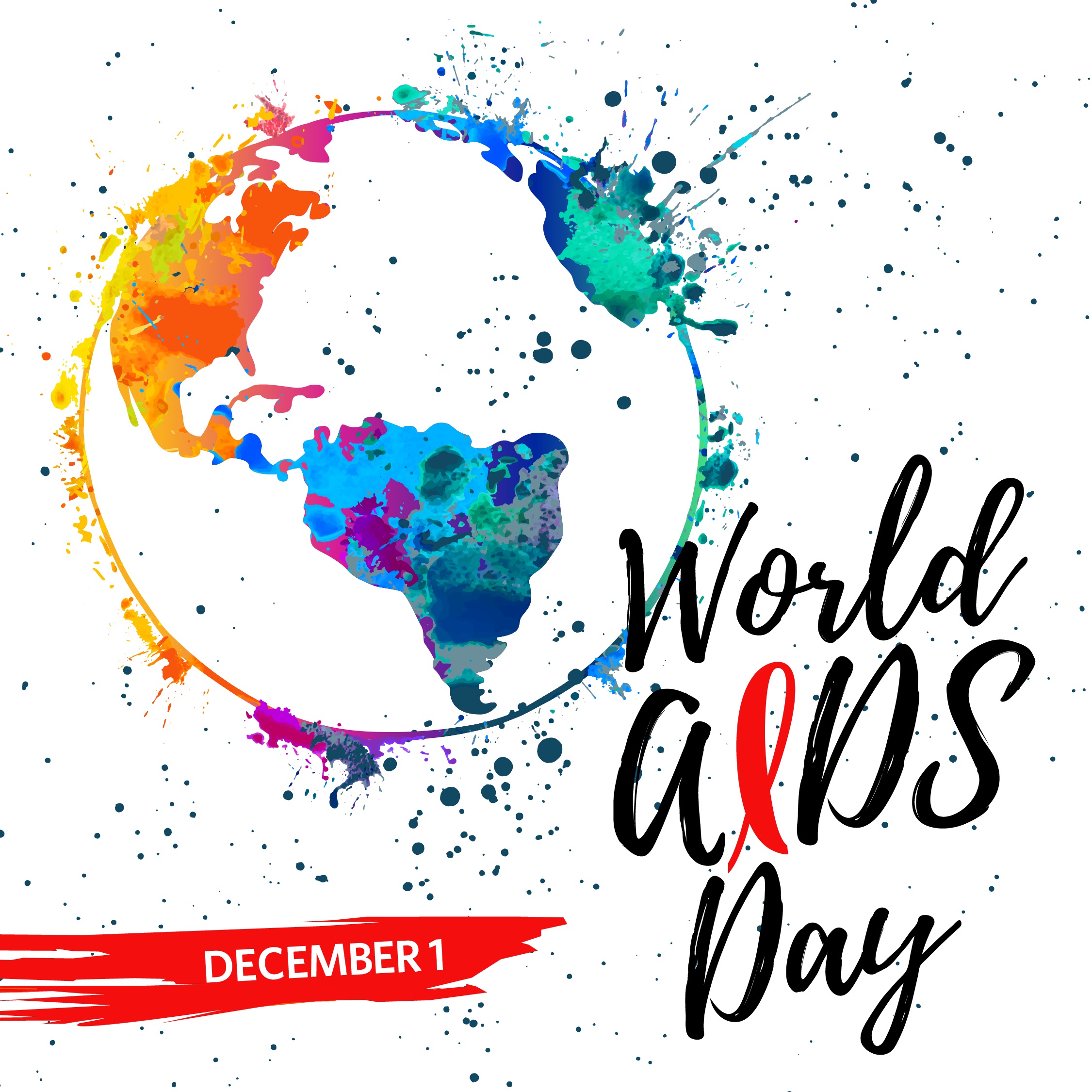World AIDS Day lands on Dec. 1 each year. It’s an ideal time to evaluate the state of HIV/AIDS research, treatment and prevention on a world-wide scale.
This year, just ahead of World AIDS Day, the National Institutes of Health announced a new field test of an experimental HIV vaccine in Africa. According to the NIH, the proof-of-concept study (called Imbokodo, the Zulu word for “rock”) involves 2,800 women in sub-Saharan Africa.
Of the 1.8 million new cases of HIV in 2016, 43 percent were found in eastern and southern Africa.
According to the NIH, recent similar tests of this kind of vaccine were found to protect monkeys from the HIV virus. Two trials with human volunteers also produced promising results.
In the United States, the Centers for Disease Control provided a World AIDS Day assessment that renewed the agency’s commitment to “accelerate progress toward ending HIV as a public health threat” in the U.S.
In a joint public letter issued by Eugene McCray, director of HIV/AIDS Prevention with the CDC, and Assistant Surgeon General Jonathan Mermin, the CDC sounded an optimistic note.
McCray and Mermin pointed out that a 5 percent reduction in U.S. HIV diagnoses in 2011-2015 suggested that prevention efforts might be working. Yet, only 49 percent of HIV-positive people in the U.S. have achieved viral suppression, an indication that the fight won’t end soon.
 Here are a few important facts to be aware of on World AIDS Day, 2017 (source — CDC and WorldAIDSDay.org):
Here are a few important facts to be aware of on World AIDS Day, 2017 (source — CDC and WorldAIDSDay.org):
- An estimated 36.7 million people worldwide are HIV-positive.
- One in seven of the 1.1 million of the HIV-positive people in the U.S. do not know they have the disease.
- Half of the people living with HIV in the U.S. as of 2015 had been HIV-positive for at least three years before diagnosis.
- Data from 2011-2015 showed a 15 percent decline in HIV among heterosexual people in the U.S.
- From 2005-2014, HIV diagnoses in the U.S. among white gay and bisexual men declined by 18 percent.
- During that same period, diagnoses among gay and bisexual men of Hispanic/Latino descent increased by 24 percent.
The CDC released new data in conjunction with World AIDS Day, including the fact that 19.5 million people worldwide had received HIV/AIDS treatment as of this past September.
The CDC also recommends that everyone age 13-64 receive an HIV test at least once during routine medical care.









